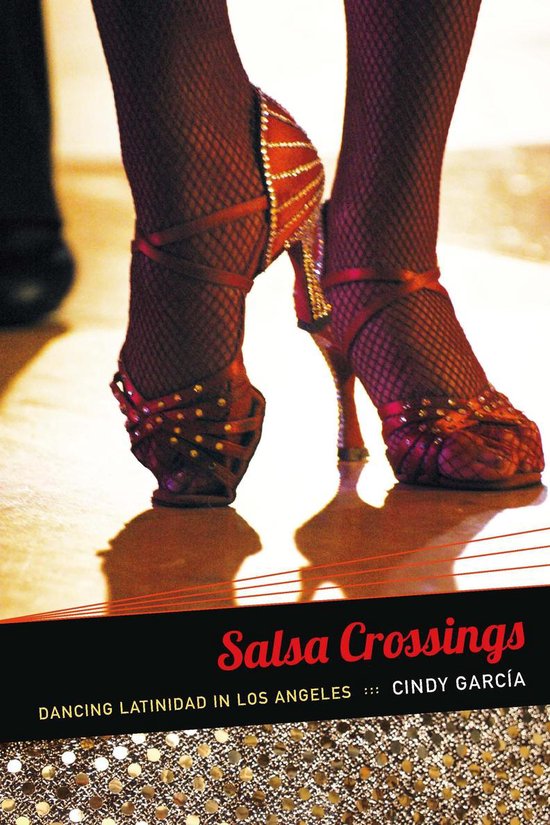Latin america otherwise languages empires nations salsa crossings

Direct beschikbaar
In Los Angeles, night after night, the city's salsa clubs become social arenas where hierarchies of gender, race, and class, and of nationality, citizenship, and belonging are enacted on and off the dance floor. In an ethnography filled with dramatic narratives, Cindy García describes how local salseras/os gain social status by performing an exoticized L.A.–style salsa that distances them from club practices associated with Mexicanness. Many Latinos in Los Angeles try to avoid "dancing like a Mexican," attempting to rid their dancing of techniques that might suggest that they are migrants, poor, working-class, Mexican, or undocumented. In L.A. salsa clubs, social belonging and mobility depend on subtleties of technique and movement. With a well-timed dance-floor exit or the lift of a properly tweezed eyebrow, a dancer signals affiliation not only with a distinctive salsa style but also with a particular conceptualization of latinidad.
- Bekijk alle specificaties
Taal: en
Bindwijze: E-book
Oorspronkelijke releasedatum: 18 juni 2013
Ebook Formaat: Adobe ePub
Illustraties: Nee
Hoofdauteur: Cindy Garcia
Hoofduitgeverij: Duke University Press Books
Lees dit ebook op: Desktop (Mac en Windows)
Lees dit ebook op: Android (smartphone en tablet)
Lees dit ebook op: iOS (smartphone en tablet)
Lees dit ebook op: Windows (smartphone en tablet)
Toegankelijkheidskenmerken Ebook: Aanpassingen mogelijk aan lettertype en tekstopmaak
Inhoud van Ebook Bevat: Tekst
Studieboek: Nee
EAN: 9780822378297